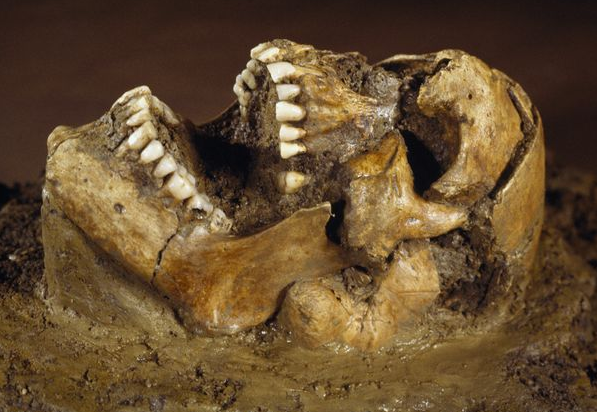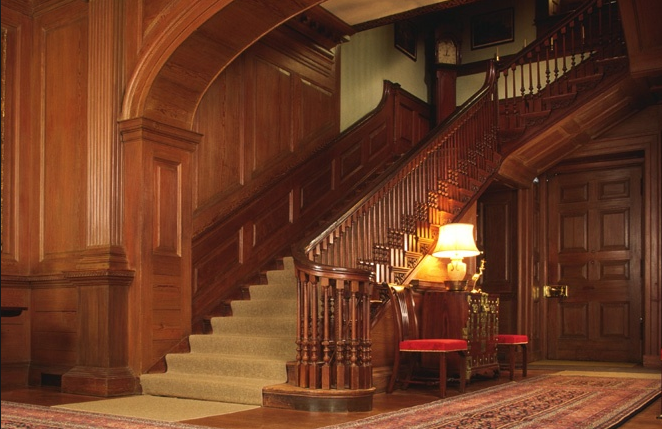While researching my mom’s connection to the Lee family of Virginia, an interesting thing happened – the present collided with the past. I found myself reading about Carter Burwell, the man who built Carter’s Grove Plantation along the James River in Virginia. Before being closed to the public in 2008, this plantation was part of the Colonial Williamsburg Foundation. As such, visitor’s to Colonial Williamsburg could also visit Carter’s Grove, which my family and I actually did one Christmas about twenty years ago.
A few distinct things stick out in my memory of this trip. Primarily, it was the only Christmas we ever spent away from home. I guess my parents wanted to try something different that year. My brother absolutely hated it, but I was in heaven. The day we visited Carter’s Grove it was sleeting and as my Dad would say, “cold as a well digger’s butt.” But, because of the time of the year and the weather, it was like we had the whole place all to our selves.
As we visited the gardens that stretched out towards the river, we discovered the archaeological remains of Wolstenholme Towne, a fortified settlement about seven miles down river from Jamestown. Established in 1618 by about forty settlers of the Virginia Company on land called Martin’s Hundred, the town was attacked by the Powhatan Indians in March 1622. It was re-settled later, but completely abandoned by 1645. By the time Carter Burwell’s grandfather, Robert “King” Carter purchased the land in 1709, there was probably no trace left of the settlement or the events that had happened there.

Today, a sidewalk outlines a portion of the settlement’s remains not lost to the James River. As a kid, I was completely fascinated by the signs showing pictures of the original excavation and the skeletal remains uncovered from the massacre. I imagined faces contorted in agony, mouths agape and gasping, all hidden by the earth for over 300 years.

In 1976 when rediscovered by archaeologists, the site yielded a skull with a hole between the eyes and the remains of a woman laying on her side in a trash pit. It is uncertain how she got in this spot. It is speculated that she hid there after escaping a scalping attempt, only to bleed to death from her injuries. Standing on the banks of the James River on a cold, blustery day with hardly anyone around, it was possible to imagine how lonely this place probably once seemed.
Perhaps the story that stood out the most from inside the house had to do with the massive main staircase. During the Civil War, this area of the house served as a hay barn believe it or not, but it was during the Revolution that the most interesting story might have happened. Walking up the stairs, your hand bumps along over dozens of grooves up and down the railing. Legend has it that during the Revolution, Banastre Tarleton actually rode his horse up these stairs, hacking into the banister as he brought his sword down over and over again.

Tarleton was one of the most hated officers in His Majesty’s forces during the Revolution. He earned the nickname “Butcher” from the Colonials because of his brutal terror tactics on civilians and soldiers alike. A button from his regiment was found during an excavation of the grounds at Carter’s Grove, but there is no concrete proof of the horseride up the stairs. Why he might have done this is also open to speculation. Stories range from him doing it for fun because he was drunk to a story that he was in a fit of rage because the plantation owner refused shelter to he and his officers. If only walls could talk…
– cover photo from The Virginia Gazette
Also, the Lee family owned Stratford Hall here in Virginia. This is where Robert E Lee was born. You can see Stratford Hall in “The Patriot”, it was the house in the background during Cornwallis' party.
We have spent many July 4th celebrations at this beautiful plantation.
LikeLike
Love “The Patriot” – thanks for sharing!
LikeLike